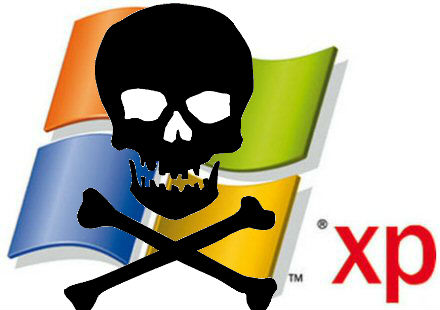 NEWS
NEWS
 NEWS
NEWS
 NEWS
NEWS
![]()
493 days, and counting – that’s what’s left for Windows XP. Active support runs out on April 8, 2014. It’s Microsoft’s most successful operating system ever, enjoying a very long run that debuted in 2001. The name XP is short for eXPerience, and was developed under the codename “Whistler”. Windows XP was the first operating system that was made for consumers that was based on the stable and efficient Windows NT kernel. Throughout that run we have seen a number of editions, countless updates, graphics improvements, services packs, and widespread security incidents – and that’s just the start of the Windows XP story. The product was superseded by the wildly successful Windows 7 product and Microsoft completely stopped all availability of the product in 2010. The product has been in extended support phase since April 14, 2009. The 2014 deadline is the absolute end of the line for any support from Microsoft for this product. Microsoft won’t be flinching this time, this is it – there has been plenty of notice. The official support page recommends buying Windows 8, but many will be looking at Windows 7.
Great, now that we know that why would we dedicate space to a tribute to an operating system? Well it turns out XP is not so dead. Around the world many hundreds of thousands of businesses and users are still using Windows XP. Reports vary, but the numbers of XP systems out there could be as many as 500 million users today. Not many consumers actually call Microsoft for support, so what’s the big deal? The answer is security. Throughout the life of any operating system updates are deployed predominantly to address security issues, flaws, and vulnerabilities. There are also future compatibility problems with applications to consider. The patches and security updates will just plain stop, the old ones will still be available, but nothing new will be rolled out for Windows XP ever again. Imagine this much potential business and personal data running on an extensive base of systems that are no actively being patched. That could be a disaster.
Moving to Windows 7 or Windows 8 may not be easy for all to deal with either. There are legacy and custom applications out there that haven’t made the jump yet. There is testing, configuration and validation to do. There are also a lack of personnel and other resources that can guide a successful transition, even at well established companies. Many companies don’t have deployment systems in place, rely on half-baked scripts for customization, or just dedicate techs to configure systems one by one in serial fashion. The point is there are a lot of companies and individuals that have to get it in gear, else their data is vulnerable to such scary prospects as corruption, theft, exploits, or infections.
If your company is in this boat, consider moving forward and prioritizing this right away. Delays will only increase the costs as companies that specialize in migration tools and services will be dealing with others making these late-breaking tasks. The costs of migration are about to skyrocket.
THANK YOU